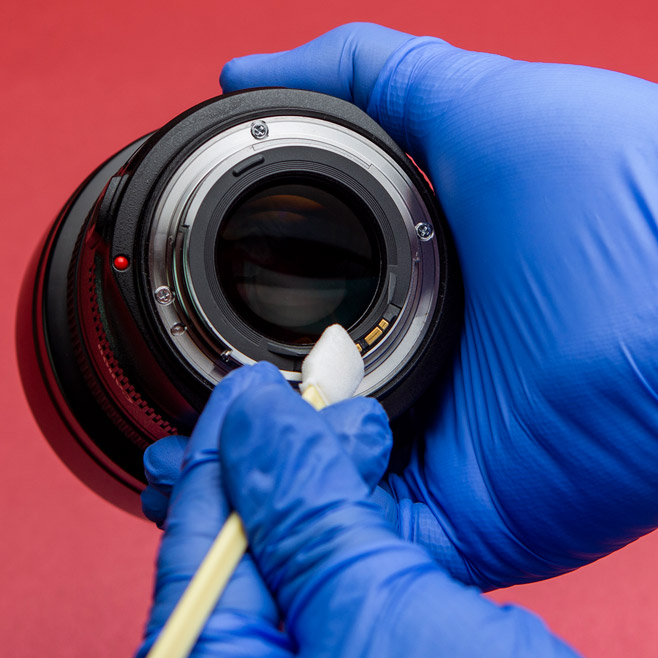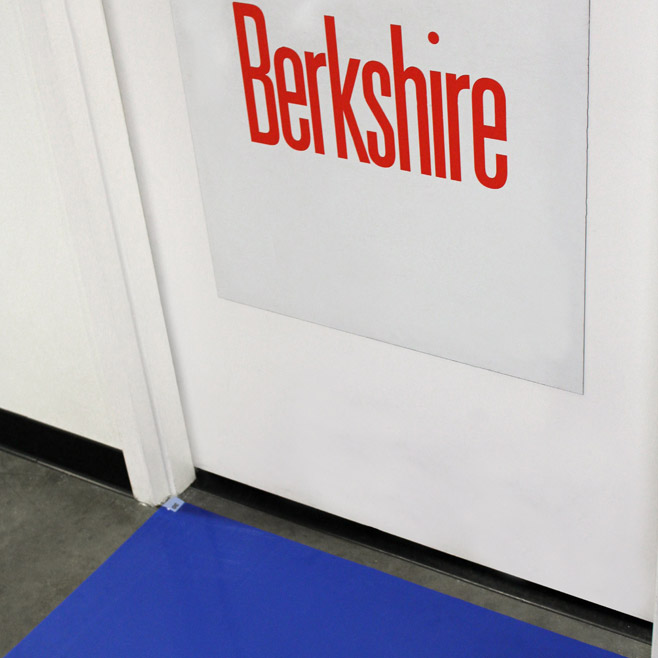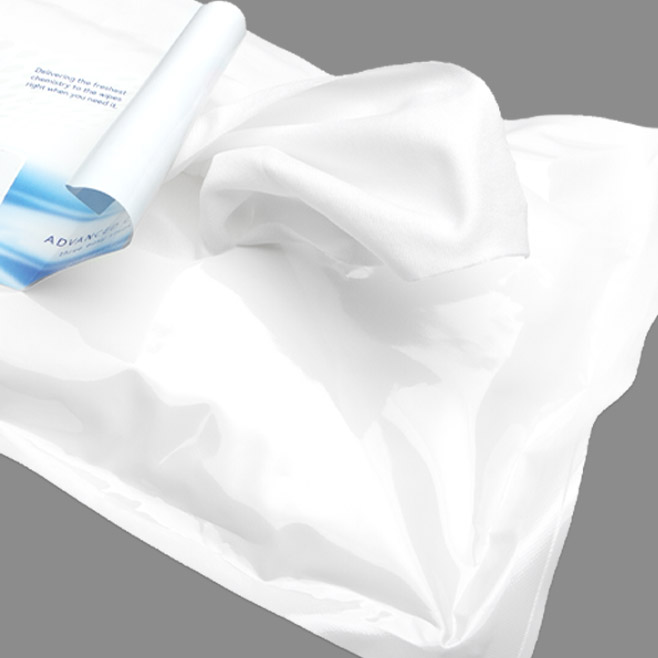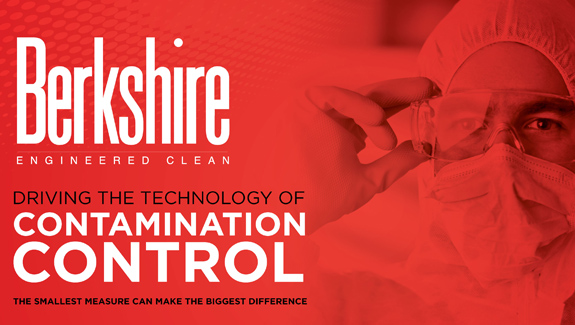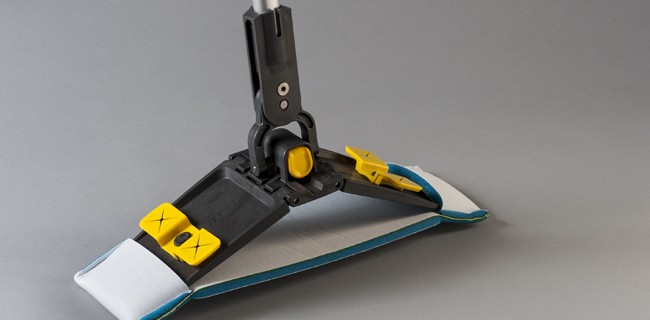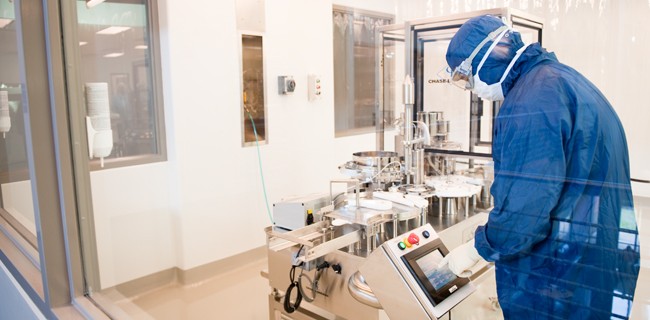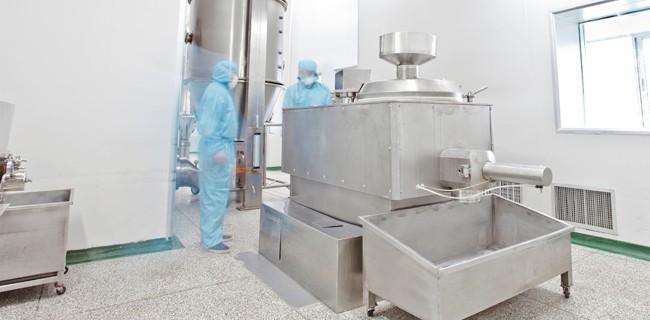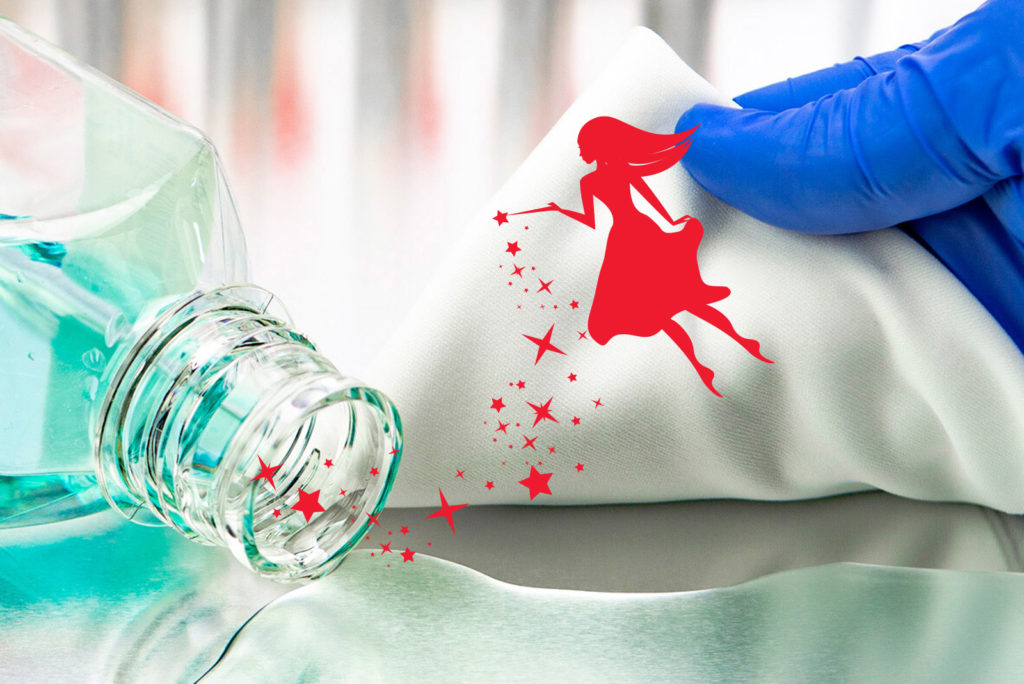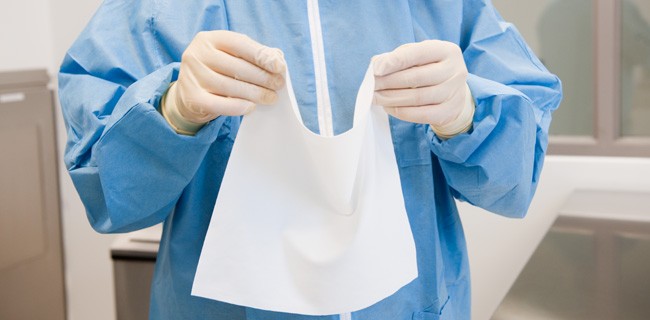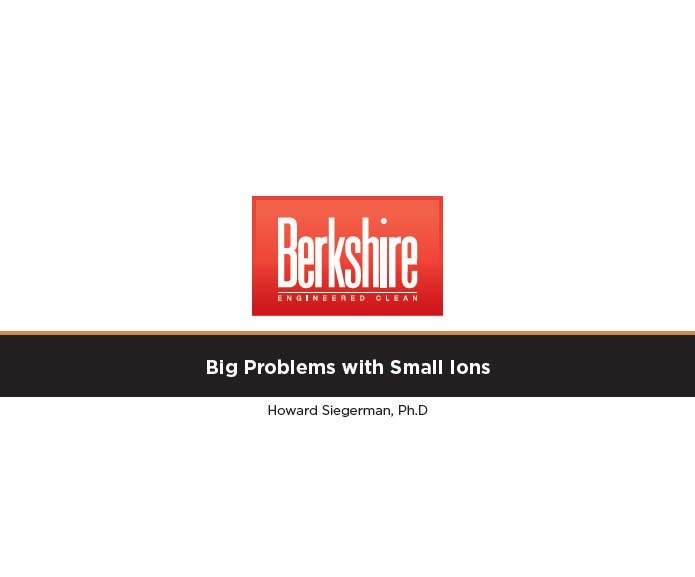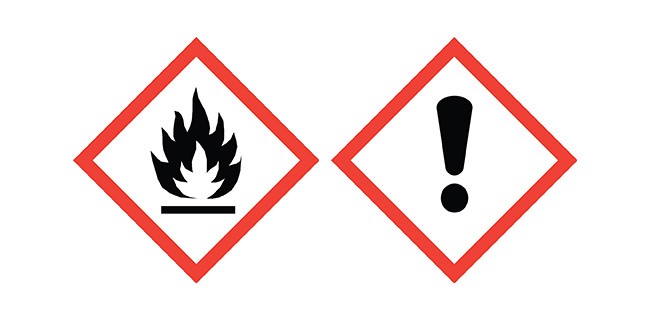“Lint Free Wipes” is a term that evolved with the semiconductor industry since it’s infancy and is a descriptive way of saying the application requires a low-linting solution. A search on the internet returns a plethora of web related searches for Lint Free Wipes. The only problem is that there is technically not such thing [Read More…]
Tag Archives: University & Research
The surfaces have been wiped and the obvious question is: How clean are they? Start with what you see. Do the surfaces look visibly clean? If not, the wiping activity is not yet done. Wipe to the absence of visible soil on both the surface and the wiper. Keep wiping until the last wiper shows [Read More…]
In a cleanroom, cleaning floors and walls is like cleaning other surfaces, only more so – larger surface areas and corresponding larger wiping cloths. Let’s start with floors. The same principles apply to wiping floors as described previously in Particles on Surfaces Part 4 – use linear wiping strokes and wipe from clean to dirty. To achieve [Read More…]
Before we address wiping techniques, we might well question the need for wiping. After all, if capillary forces hold particles to surfaces strongly enough that the particles can’t easily get airborne, why the great concern to remove the particles by wiping? The simple answer is embodied in two words: Contact Transfer. That’s the means by which [Read More…]
Surely cleanrooms qualify. Air filtered everywhere. Operators garbed from head to foot with only a portion of their faces exposed. Spotless stainless steel and plastic surfaces everywhere. No paper or cardboard anywhere. Manufactured product protected. Surely this is cleanliness next to Godliness. Appearances are deceiving. Despite the advances made in the High Efficiency Particle Air [Read More…]
Web searches for “Lint Free Wipes” provide some interesting information. A Google search returns 82,300 hits. A search of “lint-free” on the American Society for Testing Materials (ASTM) site returns 265 hits, and a search of “lint-free” on the United States Pharmacopeia (USP) site returns 737 hits. Of these, three are contained in the <797> document on [Read More…]
DOWNLOAD POSTER: An updated guide to properly folding and utilizing a low-linting wiper for maximum cleaning efficiency in a cleanroom, controlled or critical environment.
The Issue Of Ion Contamination In Electronics Manufacturing Processes Is Of Critical Importance. Therefore It Is Incumbent On Manufacturers To Be Vigilant In Detecting And Minimizing Ionic Contamination. By Howard Siegerman, Ph.D BIG PROBLEMS WITH SMALL IONS THE ISSUE OF ION CONTAMINATION in microelectronics is of critical importance because electronic device failures have been directly linked [Read More…]
ISOPROPYL ALCOHOL (IPA) is widely accepted as a good liquid for keeping cleanroom surfaces in pristine condition. But what about methyl, ethyl, or butyl alcohol? Why aren’t these types of alcohols considered for cleanroom cleaning, too? It all comes down to performance, safety, and price. Methyl Alcohol And Evaporation At room temperature, methyl alcohol has three [Read More…]
HOUSEHOLD BLEACH is well known for its ability to remove stains and whiten clothes during laundering. Bleach also finds application in health care facilities with cleanrooms. Such applications include aseptic pharmaceutical suites, biomedical device manufacturing and compounding pharmaceutical facilities that require the biocidal and sterilant capabilities of bleach. Bleach solutions, which are active against bacteria, viruses, [Read More…]






